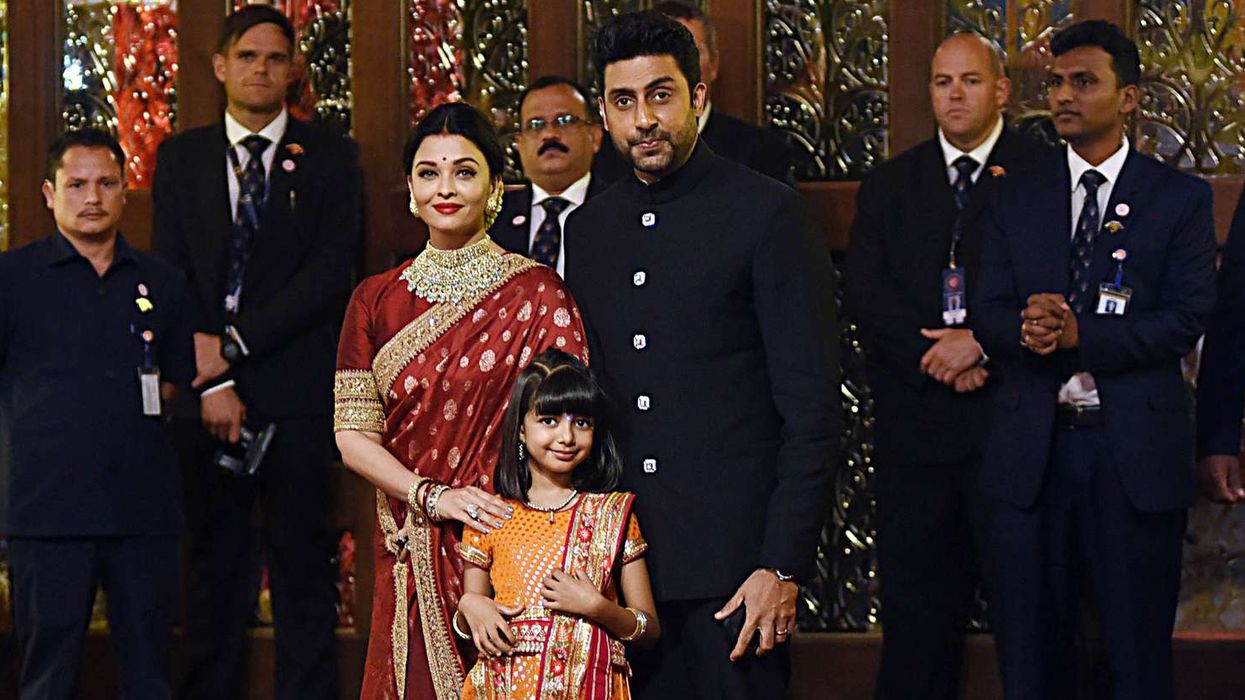By Lauren Codling
A NEW collection of historical treasures from the subcontinent has opened at the British Museum in London.
The Sir Joseph Hotung Gallery of China and South Asia underwent a major refurbishment
before welcoming visitors last Thursday (14).
Imma Ramos, a curator of the south Asia collection at the British Museum, showed Eastern Eye around the display, which includes a sitar that belonged to the late sitar maestro Pandit Ravi Shankar and a sari worn by suffragette Sophia Duleep Singh.
The gallery shows off an array of objects, some of which date back 1.5 million years.
“It was an incredibly exciting prospect because it involved choosing which objects
we wanted to display,” said Ramos. Having only worked at the museum for two years,
this is her first major exhibition.
Initially opened in 1992, the gallery has been regenerated to include previously unseen
light-sensitive material such as Mughal paintings of Hindu yogis and a new presentation
dedicated to the origins of Sikhism.
“The really exciting thing for us was that we could finally include light-sensitive materials.
We have a huge collection of south Asian paintings, textiles and popular prints and for the first time, we are able to show that material,” Ramos said. “That really allows us to bring the story right up to the present day.”
The gallery is brightly lit with various sections dedicated to south Asian history and culture, from resistance against British rule to the independence and partition of India.
Organised in chronological order, the exhibition allows visitors to follow a narrative that takes them on a journey from ancient times to contemporary Asia.
Each display has a “gateway” object that is chosen to encapsulate everything else in
the case. The idea was that visitors, who may not have a huge amount of time to spend on each item, could focus on one object that could summarise the section.
“That would be the star object,” Ramos explained. “It should stand alone as an important
item, but it should also try and capture the spirit of everything else around it.”
One such “star object” on display within the roots and south Asia diaspora case is a sitar owned by renowned musician Pandit Ravi Shankar.
The beautifully carved stringed instrument was gifted to the museum by Shankar’s wife, Sukanya, and his daughter, Anoushka, last month.
“We are using this sitar to talk about the south Asian diaspora because [Shankar] really popularised Indian classical music internationally. He brought it to the world,” Ramos said.
An acclaimed musician in her own right, Anoushka recently visited the museum to play
the instrument for the museum’s YouTube channel in a celebration of the gallery’s opening.
Other highlights include a shadow puppet display depicting freedom icon Mahatma Gandhi; a sword and ring once owned by Tipu Sultan, who ruled Mysore in south India; and a two-sided limestone relief from the Great Shrine at Amaravati.











